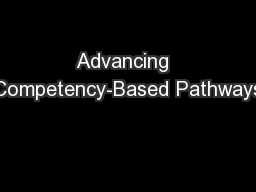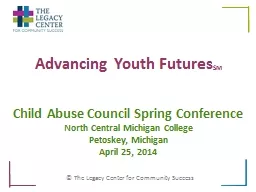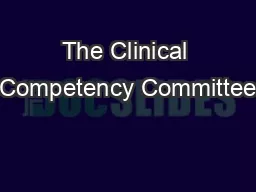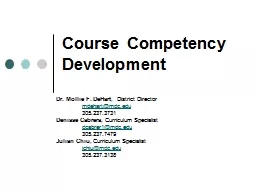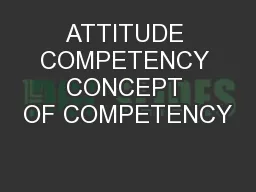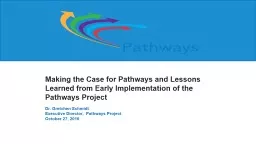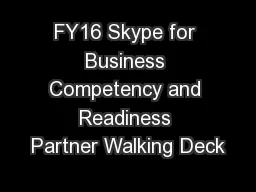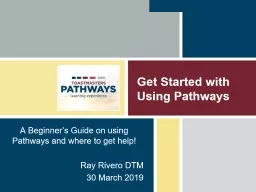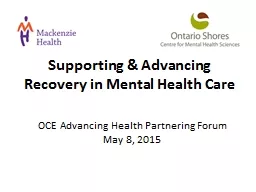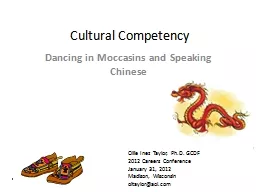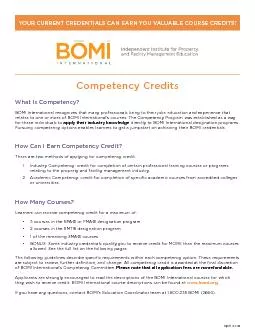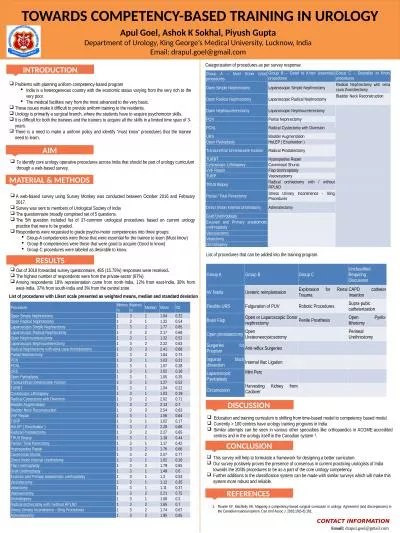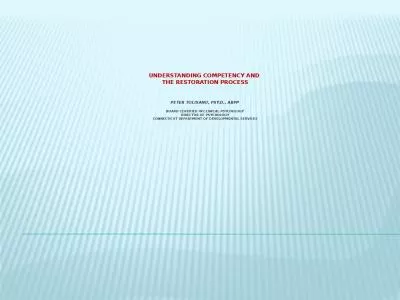PPT-Advancing Competency-Based Pathways
Author : marina-yarberry | Published Date : 2018-11-03
To College and Career Readiness March 19 2014 300 400 pm Presenters 2 State Leaders Sharon Lee Director of Multiple Pathways Rhode Island Department of Education
Presentation Embed Code
Download Presentation
Download Presentation The PPT/PDF document "Advancing Competency-Based Pathways" is the property of its rightful owner. Permission is granted to download and print the materials on this website for personal, non-commercial use only, and to display it on your personal computer provided you do not modify the materials and that you retain all copyright notices contained in the materials. By downloading content from our website, you accept the terms of this agreement.
Advancing Competency-Based Pathways: Transcript
Download Rules Of Document
"Advancing Competency-Based Pathways"The content belongs to its owner. You may download and print it for personal use, without modification, and keep all copyright notices. By downloading, you agree to these terms.
Related Documents

